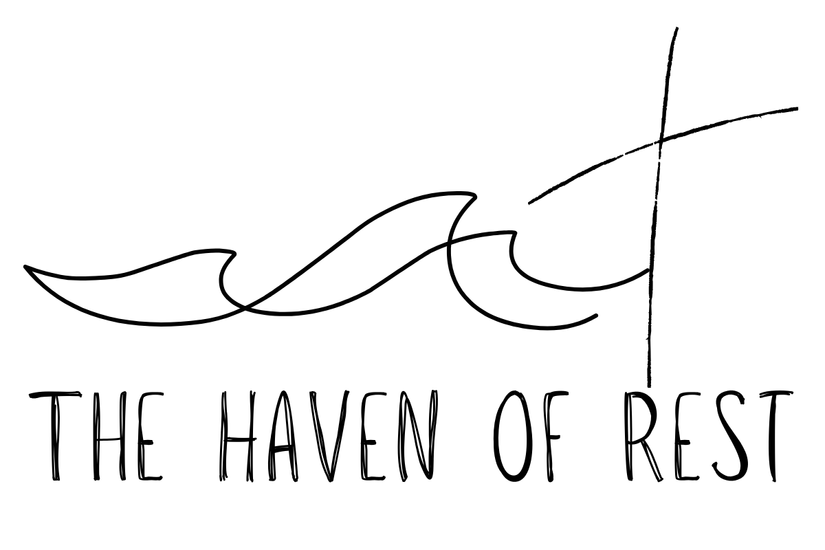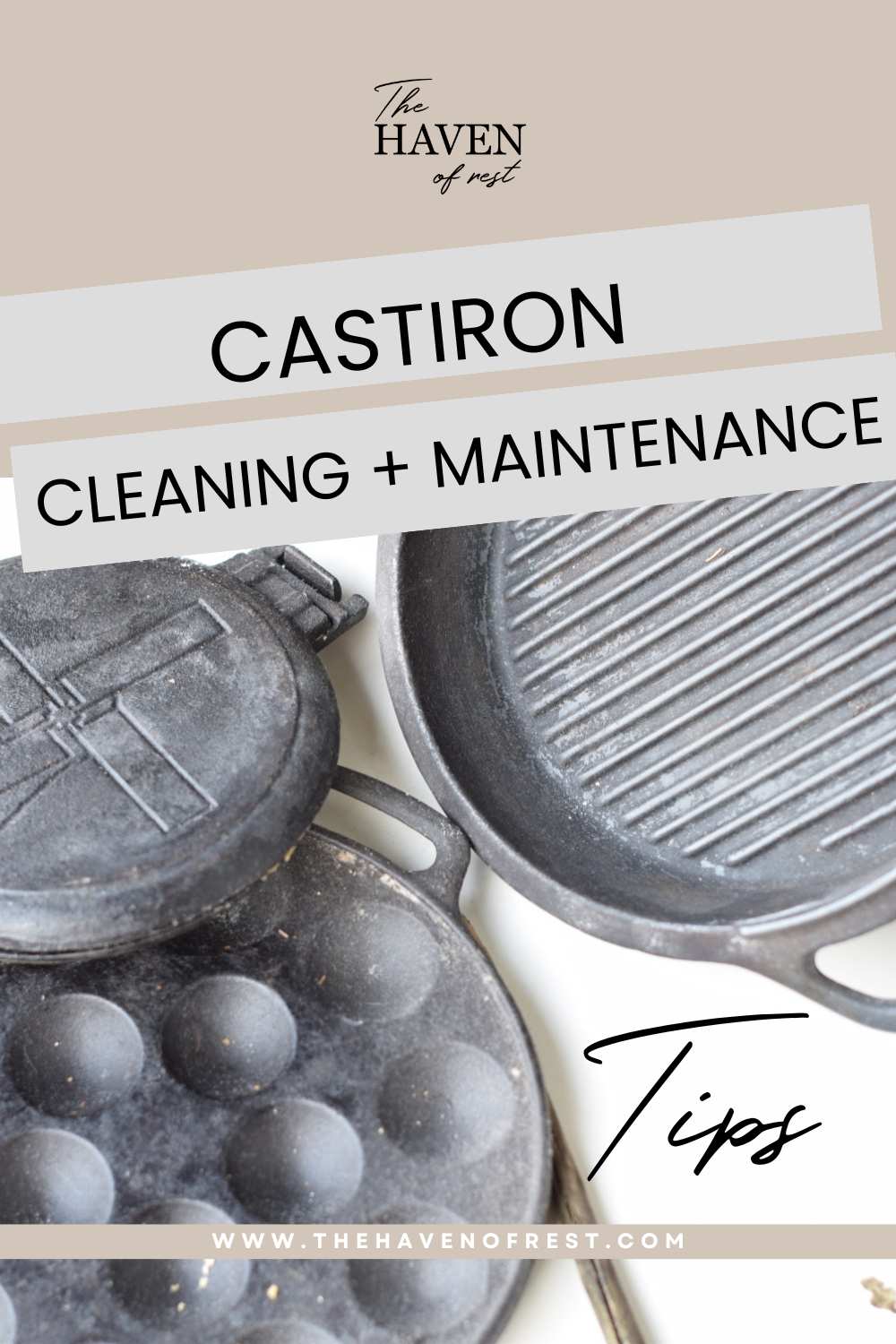Cast-iron cookware is cookware that will last a lifetime. It’s sturdy, heat-retaining and, very versatile. You can find out more about different forms of cast iron cookware, like a cast iron skillet, a dutch oven, etc. And their specific purposes in this blog post I wrote earlier.
Table of Contents
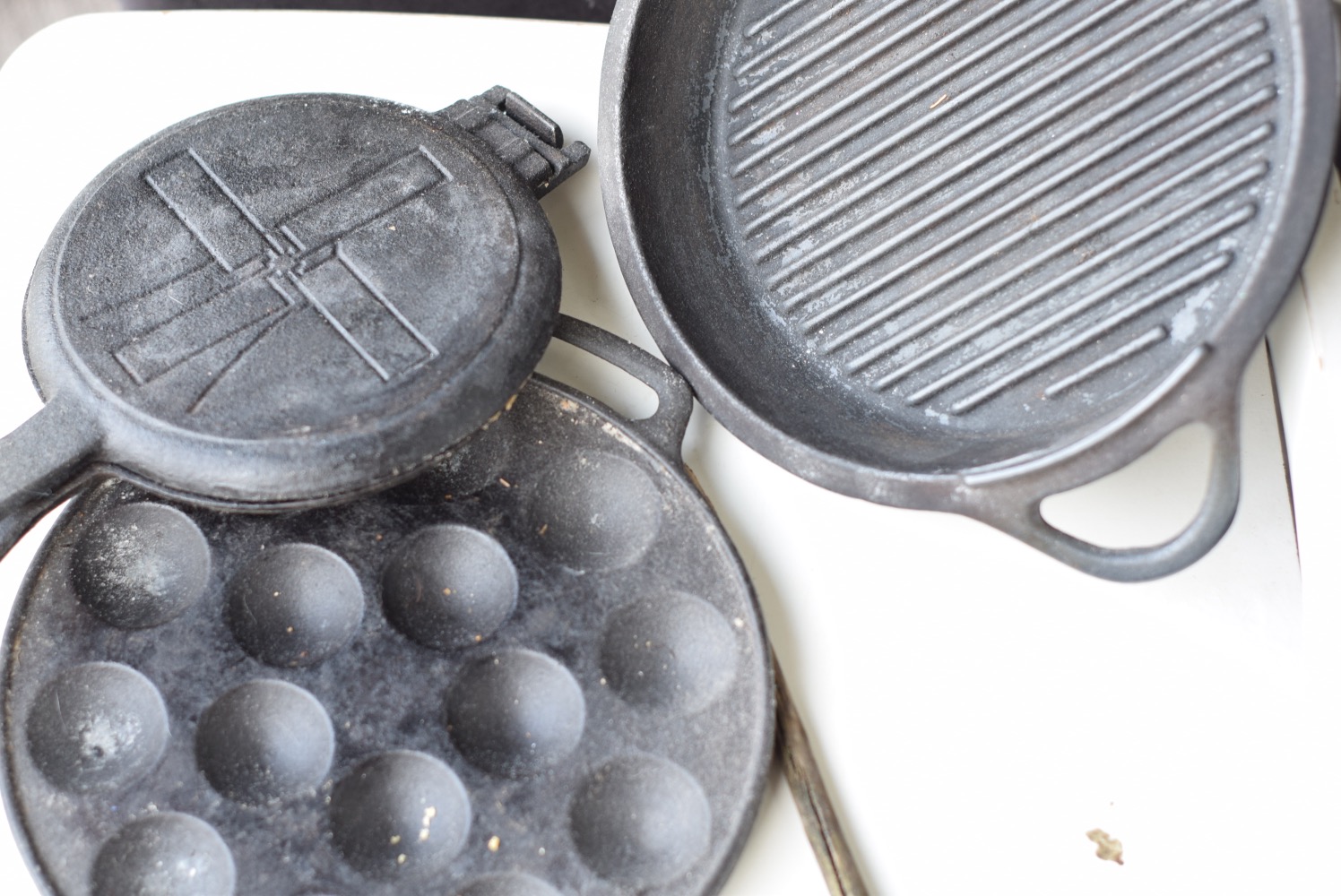
Cookware and Materials
There is not much difference in cast iron pans. You can find good cast-iron cookware at the thrift store that you can restore. If you prefer a new cast iron pan Lodge cast iron has a wide range of different types of cast-iron cookware.
Enough said about the types of cast iron. A cast-iron pan can easily be kept in good shape by adding a layer of seasoning. It adds a non-stick coating and protects your cast iron from getting rusty. A well-seasoned skillet, or any other type of cast-iron cookware doesn’t need re-seasoning often. But exactly how often do you need to season a cast iron skillet?
Oils for Seasoning Castiron
Seasoning cast iron is done to protect the cast iron cookware from rust and to add a natural non-stick layer to the cast iron. There are different types of oil you could use to season your pan. Any cooking oil is suitable. Everyone has his preference. I would advise using a type of oil with a high smoke point and/ or the type of oil you use for cooking.
Vegetable oil is a good option. But note that different vegetable oils have different smoke points. You could use olive oil, avocado oil, flaxseed oil, grapeseed oil, or sunflower oil. Even peanut oil or canola oil can be used to season a cast iron skillet.
I find coconut oil to be the best oil for seasoning my cast iron cookware. It distributes easily, has a high smoke point, and is one of the more neutral oils tastewise.
Different types of animal fat like lard are also perfectly good for seasoning your cast-iron skillet. The only note I want to give you is that animal fats can go rancid. So, unless you use your cast-iron cookware very often, I recommend using coconut oil.
Seasoning Process and Maintenance
Before you season your new cast iron skillet, ensure there are no rust spots. If your cast iron cookware still shows rust spots you might want to learn how to restore your cast iron cookware by removing those spots. You can find out how to remove those rust spots by checking out this blog post on how to restore thrifted cast-iron cookware.
If you’re restoring a thrifted or an old cast iron skillet, remove the old seasoning by washing your cast-iron cookware in warm soapy water using a non-scratch scrubber. Or, add a tablespoon of salt and however much water your cast-iron skillet holds to the cast-iron skillet and bring to a boil. This will loosen up any old seasoning.
To season your new cast iron skillet and add that lovely, natural non-stick surface to your cast-iron cookware, add a thin layer of oil for the initial seasoning. Distribute the thin coat of oil evenly. Place the cast iron cookware on a wire rack to drain any excess oil (place a sheet of parchment paper or aluminum foil underneath).
There’s no reason to season cast iron often unless you cook a lot of acidic foods like tomato sauce. If you take proper care of your cast-iron cookware the layers of seasoning will build up the more you use it. They will add a protective coating to your cast iron skillet and a nonstick surface.
More on Castiron!
Dive into my latest post for straightforward advice on seasoning a cast iron skillet and reviving old pans. Learn more…
Restoring & cleaning thrifted castiron
Usage Tips and Ideas
- First tip: Wear gloves. Especially after a vinegar bath. Your castiron might leave a black residue on your hands when you scrub the pan.
- A well-seasoned cast iron skillet requires infrequent seasoning, even with regular use.
- It’s important to season the entire pan so that the seasoning oil covers the whole surface of the pan.
- In case you applied too much oil to your cast iron pan, place the pan upside down on a wire rack and catch oil drips on a baking sheet lined with a piece of parchment paper or tin foil.
- A new pan needs to be cleaned with a little soap and warm water and seasoned before the first use. Sometimes, the factory applies a protective layer of beeswax on the pan. It’s a good idea to wash the pan and season it before you start using it.
- Store your cast iron cookware in a dry place to avoid any rust forming on the cast iron pan.
- Though cast iron can withstand high temperatures, it’s best to gently pre-heat the pan before usage. Start on low heat or medium heat and increase the temperature to high heat once the cast iron pan is warmed up.
- There are different ways to clean a rusty cast iron pan. With a few simple steps, you can make an old rusty cast iron pan look as good as new.
- Acidic foods like tomato sauce can make the protective seasoning wear off sooner. The best way to keep your cast iron skillet in good condition is by re-seasoning it now and then. When you’ve used your cast iron, wash it immediately after usage in some hot water. Then dry the entire skillet with a clean towel and apply a thin layer of your preferred type of oil.
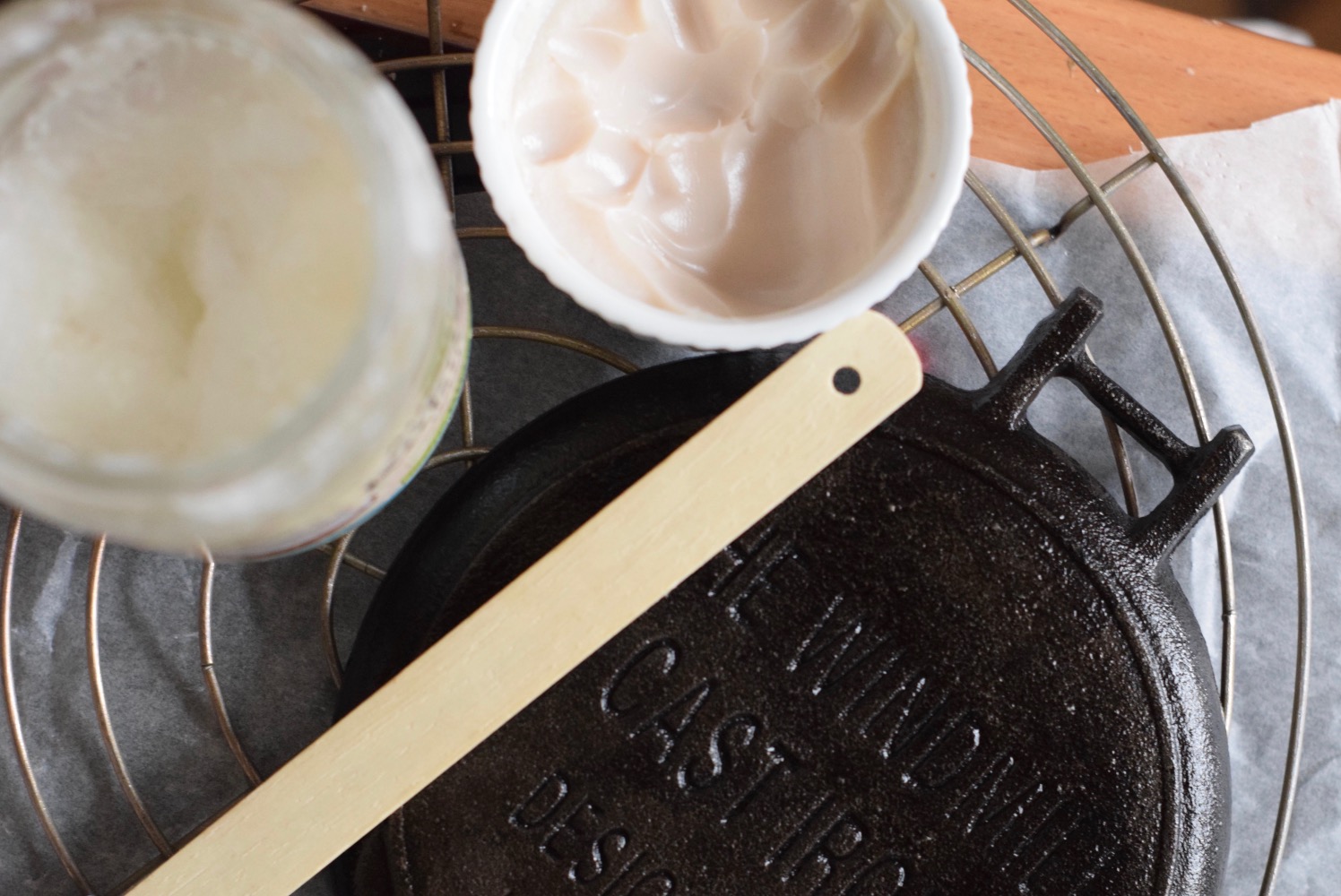
Cleaning and Maintenance Tools
Hot water, oil, and a clean paper towel are the basic maintenance tools you need for cleaning and maintaining your cast iron in good condition.
Only use soapy water if your pan is old or really dirty. Soap is best avoided for castiron, because it washes off the protective layer of seasoning. You can use a stiff brush or use steel wool to thoroughly clean your cast iron skillet.
Avoid using metal utensils as this can damage the protective layer of seasoning. Rather choose wood or silicone utensils.
I would also advise you to steer away from using a special pan scraper to clean your cast iron cookware. Although these pan scrapers are designed to easily clean the pan, they can damage the protective layer of seasoning. It’s better to fill the pan with water and a tablespoon of sea salt and bring to a boil.
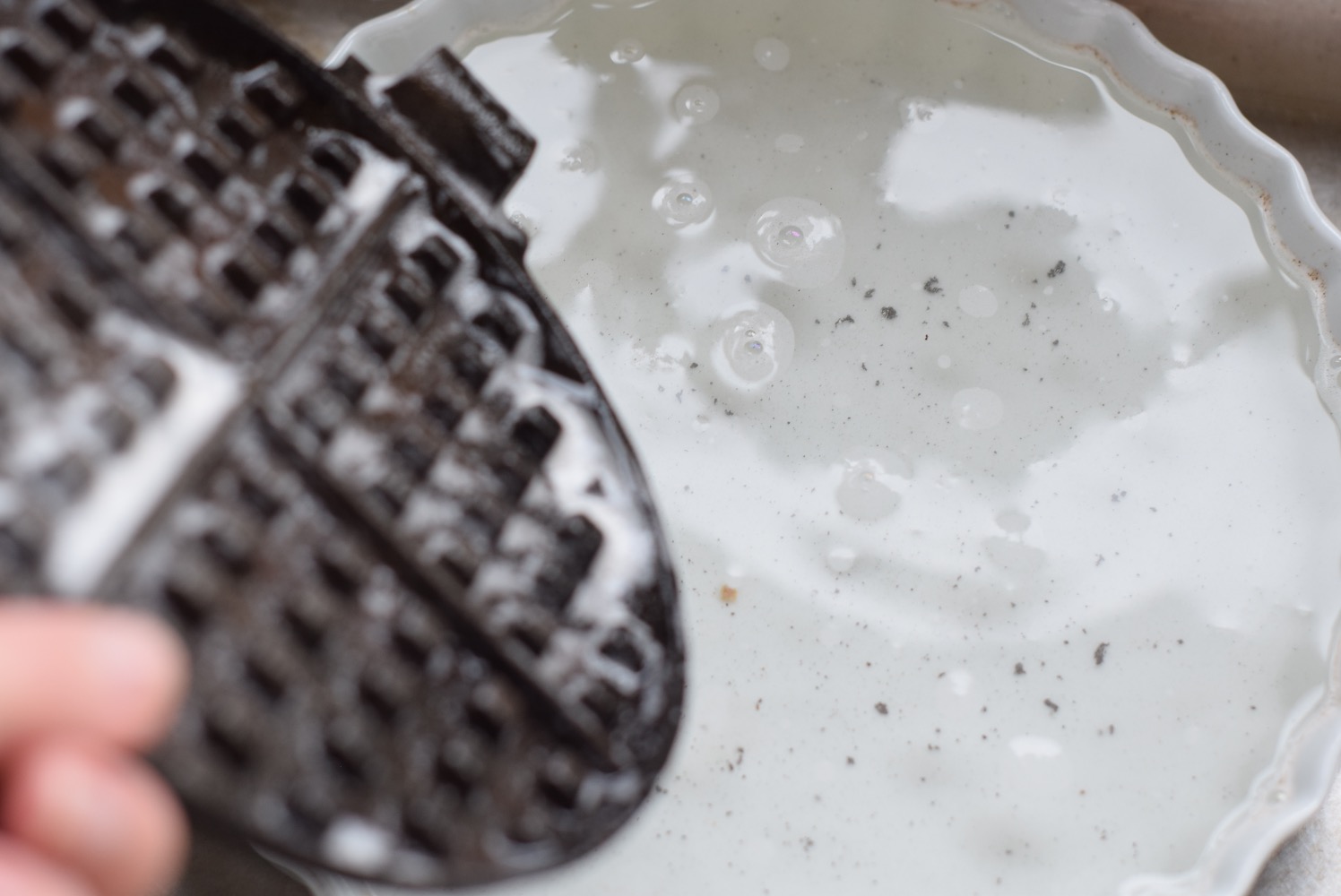
Frequently Asked Questions
Conclusion
Cast iron cookware is a great and sustainable type of cookware to buy. It is very durable and can withstand high temperatures. There’s a wide selection of cast iron cookware available from hardware stores, from traditional cast-iron skillets to cast-iron pans. But, don’t forget to check your local thrift store for some vintage cast iron. Even old, rusty cast-iron cookware can be restored with some simple steps.
Invest in some durable, versatile, practically maintenance-free cookware and I’m sure you’ll enjoy the cooking process even more!
